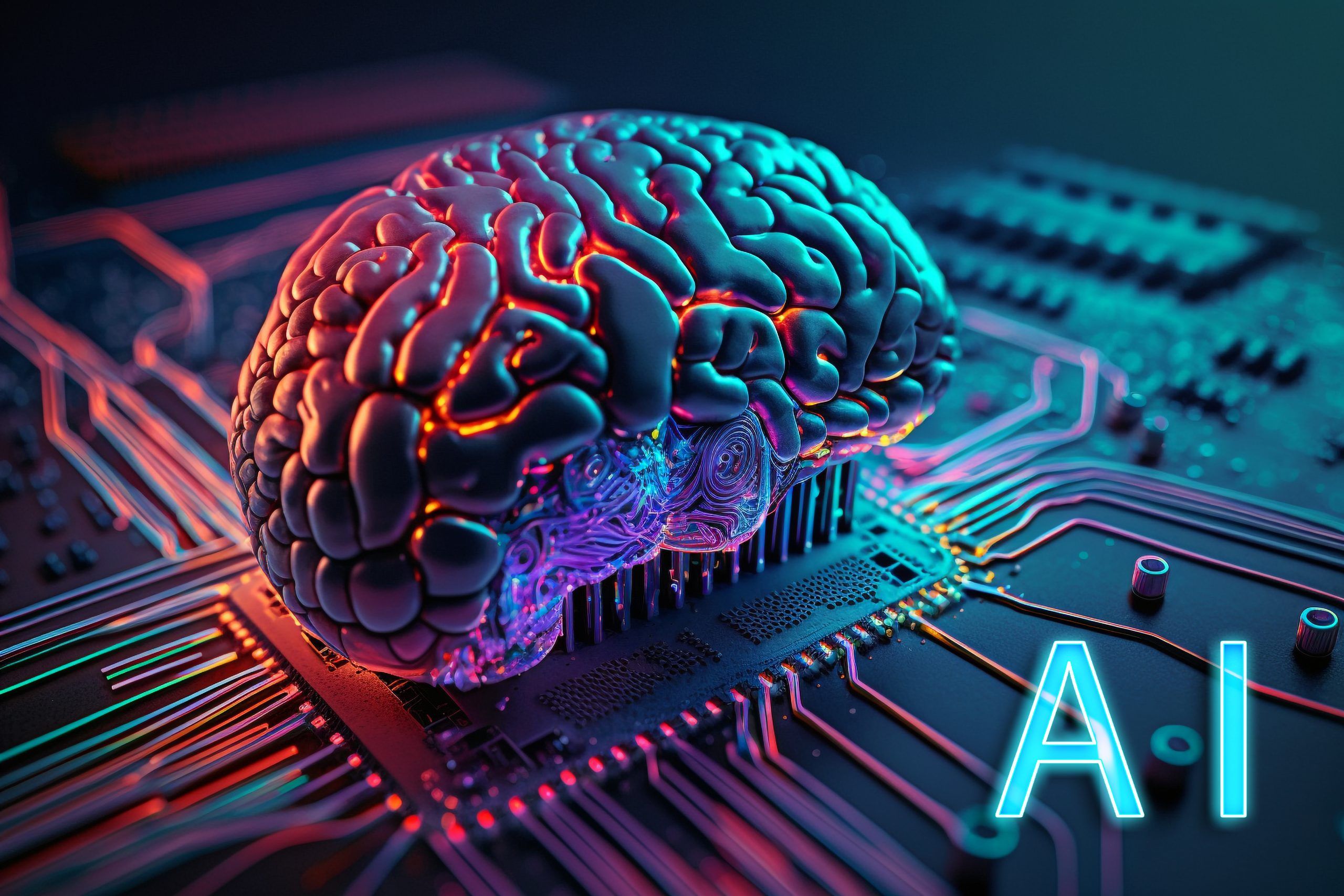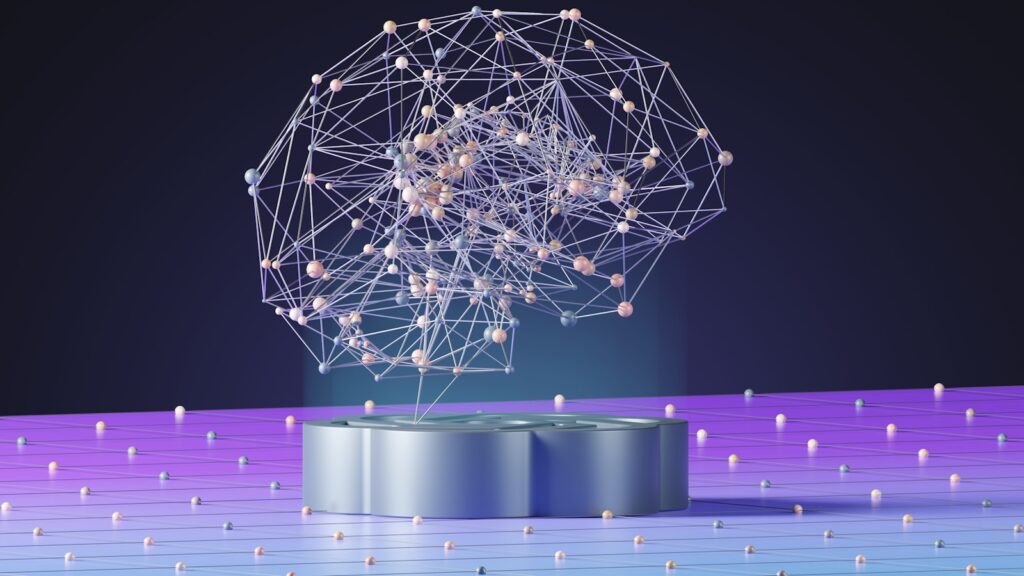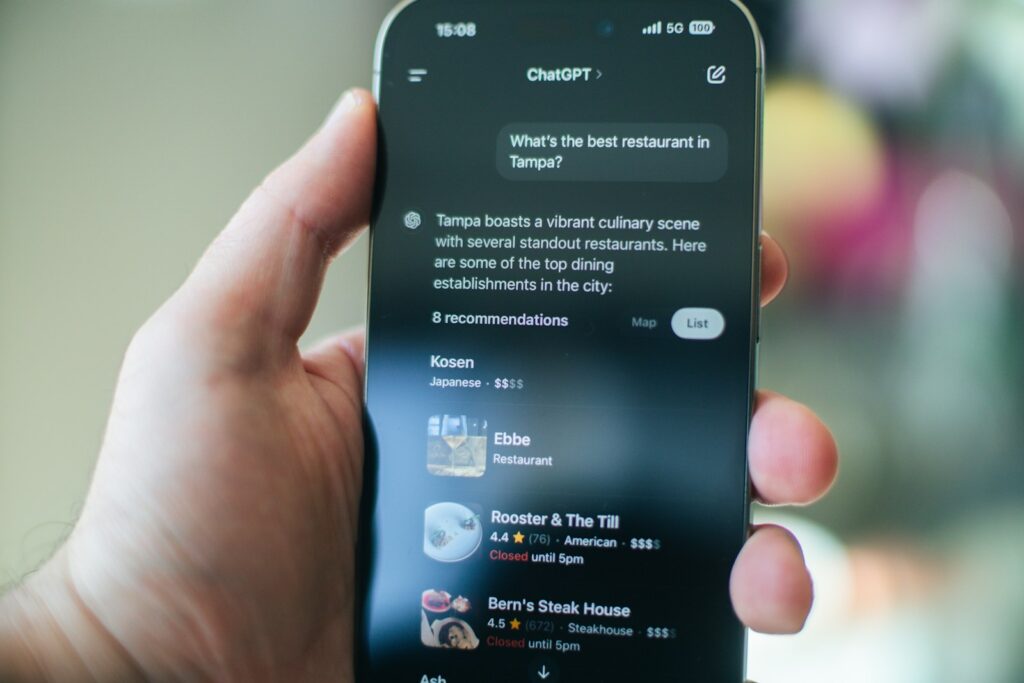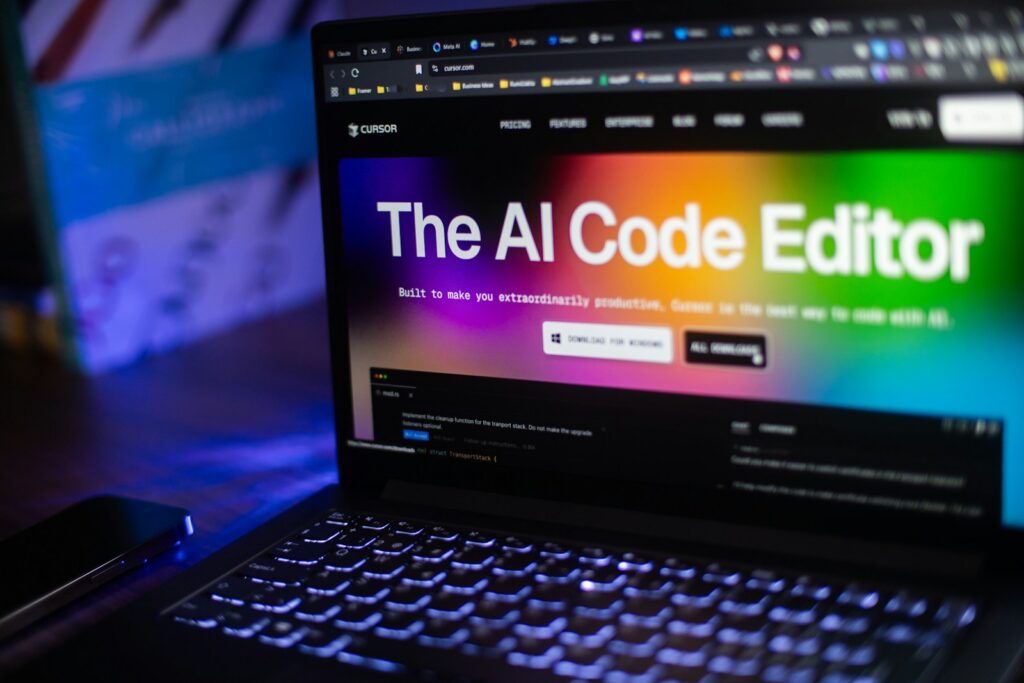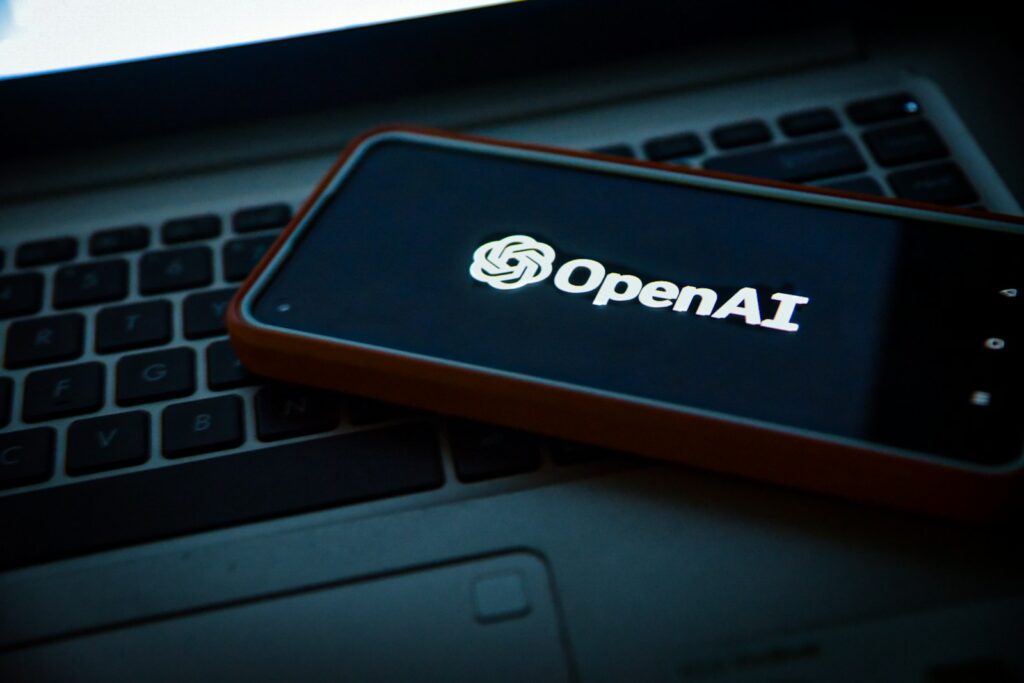
Artificial intelligence is no longer the stuff of science fiction. It has woven itself into the fabric of our everyday lives—guiding our searches, powering our smartphones, translating our conversations, and even writing articles like the one you are reading now. But the systems we know today, such as ChatGPT and its successors, are only the beginning of a much larger journey.
As we stand on the threshold of a new decade, we are compelled to ask: What will AI look like in 2030? The world is evolving faster than ever, and by 2030, AI will not only assist us but also collaborate, anticipate, and co-create with us. This isn’t just about cool new gadgets; it’s about a fundamental reshaping of society.
If the 2010s were the decade of AI’s awakening, and the 2020s are the decade of acceleration, then the 2030s may well be the decade of transformation. AI will move beyond tools and assistants to become something deeper, something we must learn to live with as partners, not just programs. Get ready to step into 2030 and see the world through the lens of intelligent possibility!
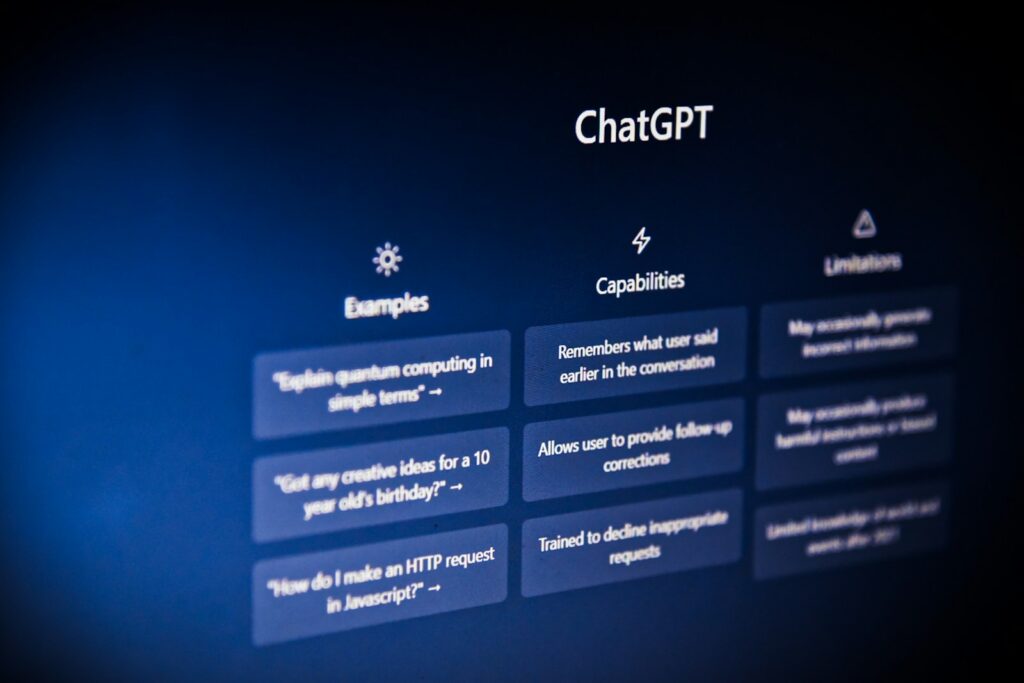
1. **AI Everywhere: Natural Interactions with Machines**Remember when talking to your phone felt like a novelty? By 2030, our interactions with AI will make those early days look quaint. We’re talking about a world where communicating with a wide range of AIs becomes as natural and commonplace as chatting with another human. Your digital life is about to get a whole lot more conversational.
These AIs won’t just be answering simple queries. They’re set to become our personal assistants, our go-to tutors, and even our career counselors. Imagine an AI helping you navigate complex decisions, acting as your therapist, or even managing your finances as your personal accountant. They’ll be there for legal advice too, essentially taking on roles traditionally reserved for highly trained professionals.
But the changes don’t stop there. By 2030, it will be commonplace for humans to have AIs as significant others, blurring lines many of us once thought uncrossable. The reason for this inevitable shift is simple: AIs will be able to perform many human tasks cheaper, faster, and more reliably, driving widespread adoption. The proliferation will unfold just like Ernest Hemingway’s famous line about going bankrupt: “Gradually, then suddenly.”

2. **Humanoid Robots: Physical World Transformation**While much of today’s AI buzz happens in the digital realm—think generative models creating text or video—the next frontier is the physical world. By 2030, we expect over one hundred thousand humanoid robots to be deployed, bringing cutting-edge AI into the realm of atoms and transforming everything we thought we knew about automation. This is where AI truly gets a body!
Why humanoids? Our entire civilization has been designed and built by humans, for humans. Our infrastructure, tools, and even the size of our doors are optimized for human bodies. If a robot is to operate flexibly in factories, warehouses, hospitals, stores, schools, hotels, and homes, it needs to be shaped like us. No other form factor would work nearly as well.
Major players are already making huge strides. Tesla is investing heavily in its humanoid robot, Optimus, with plans to ship to customers by 2025. Tesla CEO Elon Musk has even stated that Optimus will ultimately be worth more than Tesla’s car business, signaling the immense potential he sees in this technology. It’s a bold claim, but the stakes are incredibly high.
Younger startups are also pushing the envelope. Bay Area-based Figure recently secured $675 million in funding from tech giants like Nvidia and Microsoft, and even wowed the internet with a video of its humanoid robot making a cup of coffee. Another leader, 1X Technologies, just announced $100 million in financing and already offers one version of its humanoid robot for sale, with a two-legged model on the horizon. The future of physical automation is literally walking towards us.

3. **AI and the Job Market: Navigating Dislocation and New Roles**The whispers about technology-driven job loss have been around since the Industrial Revolution, but by 2030, AI will transform these theoretical discussions into a concrete, pressing reality for everyday citizens. This isn’t just about minor shifts; it’s about a significant shake-up across industries and pay grades.
We’re already seeing clear indicators. Fintech giant Klarna recently announced that its new customer service AI system is now handling the work previously done by 700 full-time human agents. Similarly, plagiarism detection company Turnitin anticipates a 20% workforce reduction over the next 18 months due to AI advancements. These aren’t isolated incidents; they’re canaries in the coalmine.
Organizations across the board will increasingly leverage AI to boost profitability and productivity, completing tasks cheaper, faster, and more accurately than humans. This will impact everyone from customer service agents and accountants to data scientists, lawyers, journalists, and even musicians. While new jobs will undoubtedly be created, they won’t emerge as quickly, or in the same numbers, at least initially.
The resulting job loss will bring tremendous near-term pain and dislocation, sparking fierce political opposition and civil unrest that will likely turn violent at times. Citizens will demand action from elected officials, pushing creative policy proposals like Universal Basic Income from fringe theories to adopted legislation. If you think today’s political landscape is tumultuous, buckle up, because AI is about to add a whole new dimension to societal debate.

4. **Healthcare Revolution: Predictive Care and Robotic Surgery**Get ready for healthcare that feels like something out of a futuristic movie. By 2030, AI will profoundly change medical care, ushering in an era of predictive insights and precision interventions. From diagnosis to surgery, AI is set to make healthcare smarter, more personalized, and incredibly efficient.
AI will revolutionize surgical care by enhancing decision-making at every stage. Before an operation, advanced systems will process vast amounts of patient data to inform surgical planning. During procedures, surgeons will receive integrated, real-time information from multiple sources, allowing for unprecedented precision and responsiveness. This means fewer surprises and better outcomes.
What’s more, AI-powered robotic systems will begin performing tasks autonomously, from closing port sites to executing entire procedures without direct human control. Imagine systems providing surgeons with accurate force measurements and enhanced detection of surgical margins, ensuring cleaner and safer operations. These advancements promise to reduce errors and accelerate recovery times dramatically.
Beyond the operating room, AI, especially when combined with biotechnology, is pioneering personalized treatment. It will excel in precision medicine, analyzing genomic, epigenomic, and clinical data to identify patients who require specialized, highly targeted care. Scientists have already used AI to discover new treatments for Alzheimer’s disease and novel antibiotics against resistant bacteria. This is a game-changer for preventative health and therapeutic breakthroughs.
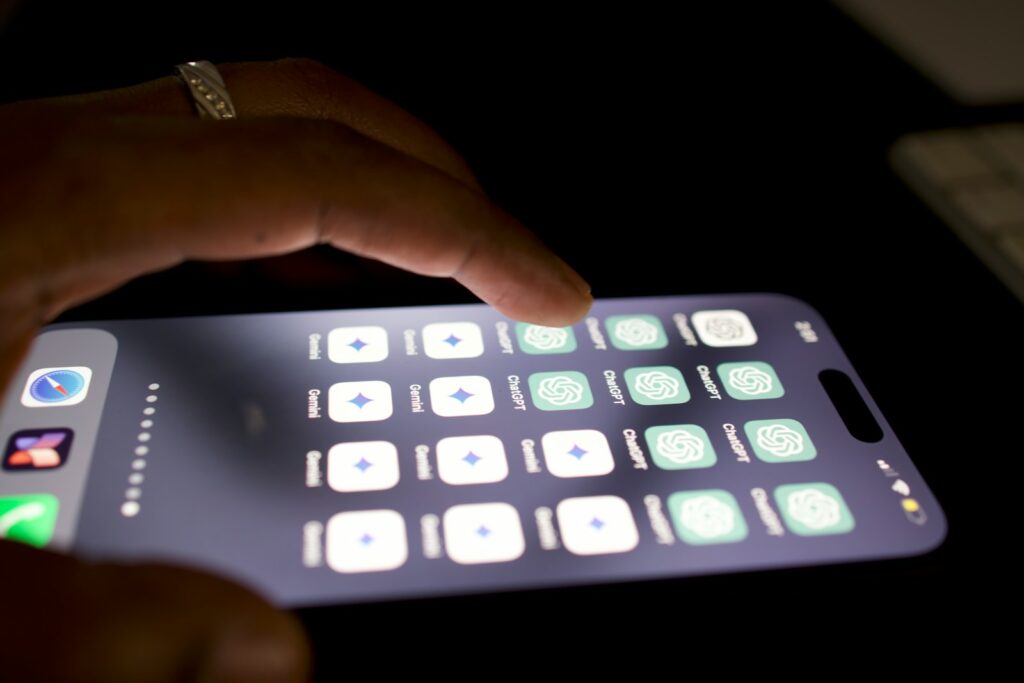
5. **Smart Transportation: Self-Driving Cars and Intelligent Traffic**Forget merely driving; by 2030, our roads will be alive with intelligent networks that transform how we move. AI will power self-driving cars and smart traffic systems, making transportation safer, more efficient, and accessible to everyone. Your daily commute could become a distant, frustrating memory.
Leading the charge, systems like Waymo Driver already demonstrate how AI will reshape transportation. It utilizes detailed custom maps alongside real-time sensor data to pinpoint exact road locations, navigating complex environments with astounding precision. These aren’t just cars that drive themselves; they’re hyper-aware entities.
The real magic will happen when these self-driving vehicles start talking to each other through what are being called “AI-powered social networks” like Cached-DFL. They’ll share real-time information about navigation challenges and road conditions, creating a collective intelligence on the road. Cars will essentially have “profile pages” of driving findings, sharing insights via vehicle-to-vehicle (V2V) communication, all while safeguarding driver privacy.
This interconnected network will bring a multitude of benefits. It will dramatically improve road safety by reducing human error, help elderly and disabled individuals achieve greater mobility, and significantly reduce traffic jams in urban centers. Imagine a world where rush hour is a thing of the past and road accidents are a rarity. That’s the promise of AI-driven transportation.
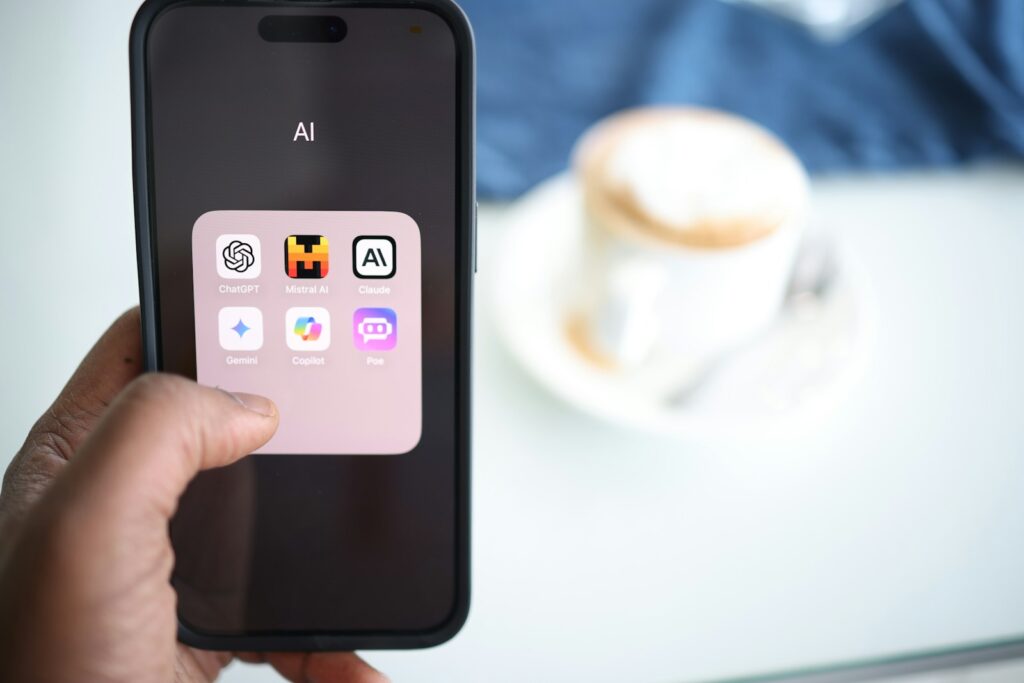
6. **Personalized Education: Learning Tailored to You**Standardized tests and one-size-fits-all classrooms? By 2030, AI will transform education into a deeply personalized experience, adapting to each student’s unique learning style and pace. This isn’t just about online courses; it’s about a tutor and curriculum designed just for you, every step of the way.
AI systems will constantly study student performance, going beyond simple grades to understand specific problem areas. Based on this continuous analysis, the system will offer targeted help through custom practice exercises and supplementary materials. It’s like having a dedicated mentor who knows exactly what you need to master a subject.
These technologies will significantly enhance digital learning platforms, making education more engaging and effective. Information analytics will provide unparalleled insights into student progress, allowing AI to refine its approach dynamically. Furthermore, AI-driven tutoring will provide instant, personalized feedback, transforming passive learning into an interactive, responsive journey. The days of struggling in silence will be over.
7. **Next-Gen Cybersecurity: Real-Time Threat Annihilation**In an increasingly digital world, the threat of cyberattacks is constant. By 2030, AI will become our frontline defense, evolving cybersecurity from reactive measures to proactive, real-time threat annihilation. Get ready for systems that not only detect but also contain threats before they even escalate.
AI cybersecurity systems will monitor networks and systems nonstop, providing instant insights into any suspicious activities. These advanced systems won’t just look for known signatures; they’ll analyze behavioral patterns to establish normal activity baselines. Any deviation from these baselines, such as an unusual login attempt or a sudden data transfer, will immediately signal a potential threat, like cloud account theft.
By 2030, AI-powered systems will be adept at analyzing colossal datasets to identify subtle patterns and outliers that human analysts might miss. Crucially, they will become incredibly skilled at distinguishing between harmless and dangerous activities, drastically reducing false alarms. This precision ensures that security teams can focus on real threats, not phantom ones.
Ultimately, this technology will identify and contain threats with unprecedented speed, often before they can cause significant damage. By reducing the time systems remain vulnerable to risks, AI will provide a level of digital protection that feels almost impenetrable. Our digital lives are about to get a whole lot safer.
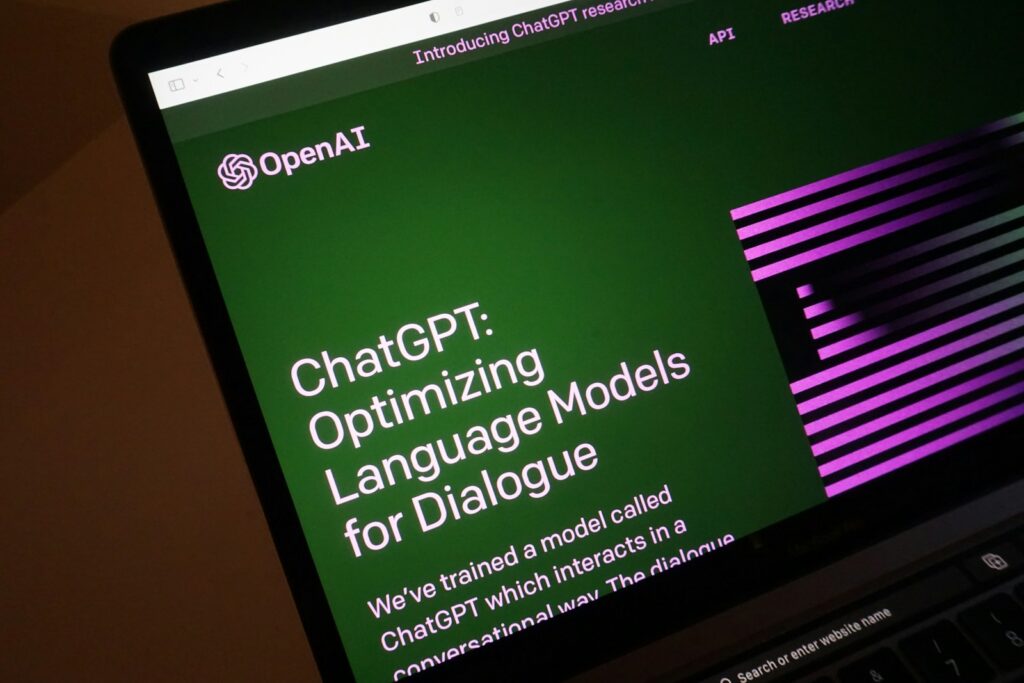
8. **Retail & Finance: Smarter Decisions, Hyper-Personalized Services**Get ready for a shopping and banking experience that feels like it was custom-built just for you. By 2030, AI will profoundly transform both the retail and financial sectors, ushering in an era of hyper-personalized services and lightning-fast, smarter decisions. Say goodbye to generic recommendations and hello to bespoke interactions.
In the financial world, companies will leverage AI to revolutionize customer experiences with highly personalized services. AI systems will meticulously study your spending habits, savings patterns, and even anticipate future life events, such as buying a home or planning for retirement. This deep understanding will allow them to provide custom suggestions that genuinely align with your financial goals.
Need to check your balance or get some financial advice? AI-powered chatbots will be on hand to assist with everything, offering instant and accurate information. These aren’t your typical frustrating chatbots; they’ll be sophisticated, intuitive, and genuinely helpful, making financial management easier than ever before. Your personal finance advisor will be just a conversation away.
Retail businesses, meanwhile, will significantly improve their operations thanks to AI. They’ll use AI for sophisticated trend spotting, allowing them to anticipate consumer demands and develop products that truly hit the mark. AI will also power native marketing strategies, creating campaigns that are so targeted and relevant, they’ll feel less like advertisements and more like helpful suggestions. From product discovery to customer support, AI will make shopping an incredibly smooth and intuitive experience.
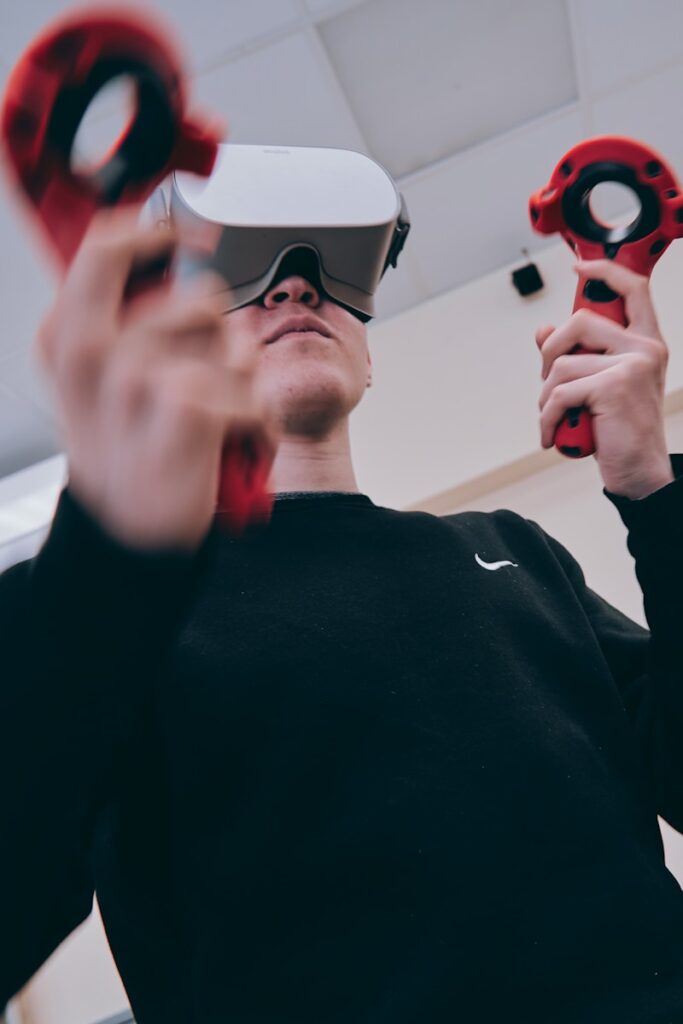
9. **Generative AI: Unleashing New Creativity and Content**You’ve probably dabbled with generative AI, perhaps asking it to write a poem or whip up an image, or even assist with coding. By 2030, these tools will be far more integrated into our lives, profoundly transforming how content is created across industries. Imagine AI as your ultimate creative partner, saving you precious time for deeper conceptual thinking while offering a flood of innovative ideas you might otherwise miss.
This isn’t just about churning out basic text or art; it’s about fundamentally enhancing human ingenuity. Generative AI will develop sophisticated solutions to complex problems, acting as a powerful assistant that complements, rather than replaces, human creativity. Whether it’s drafting marketing copy, designing architectural blueprints, or composing custom music scores, AI will provide a new frontier for innovation and accelerate production.
The impact will be felt everywhere, from entertainment to product development, and even in personalized learning experiences. This technology will allow for unprecedented levels of customization in media, education, and even customer interactions. Think about interactive stories that adapt to your preferences in real-time, or educational materials that generate unique examples based on your individual learning style. Generative AI is truly set to redefine what’s possible in the creative landscape, sparking a new wave of human-AI collaborative artistry and making bespoke content a daily reality.
10. **Quantum AI: Supercharged Problem-Solving**Get ready to have your mind blown by the sheer processing power heading our way. By 2030, the fusion of quantum computing with artificial intelligence—what we call Quantum AI—will unlock capabilities far beyond anything today’s traditional computers can achieve. This isn’t just an upgrade; it’s a complete paradigm shift in how we approach complex challenges, blending the unique strengths of both quantum and classical computing.
The numbers here are absolutely staggering. Quantum computing has the potential to solve incredibly complex problems in mere minutes that would take even the most powerful classical supercomputers millions of years to compute. This unimaginable speed will supercharge AI, making it capable of tackling previously insurmountable obstacles in critical fields like drug discovery, advanced materials science, and incredibly intricate financial modeling. Imagine developing new life-saving drugs with unparalleled efficiency or designing materials with properties we can only dream of today.
This cutting-edge technology promises to accelerate scientific research and engineering breakthroughs at an unimaginable pace, pushing the boundaries of what’s technologically feasible. From optimizing global logistics networks for peak efficiency to breaking advanced encryption that currently safeguards our data, Quantum AI will provide solutions that are currently considered impossible. It’s a true leap into a future where the impossible becomes possible, radically altering our ability to understand and manipulate the world around us with unprecedented computational power.
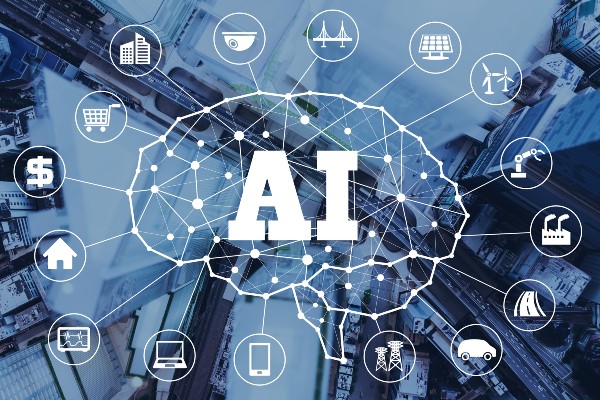
11. **AI in Biotechnology: The Dawn of Precision Medicine**Our health is about to get a whole lot smarter, more personal, and dramatically more effective, all thanks to the powerful combination of AI and biotechnology. By 2030, this dynamic duo will fundamentally change healthcare, particularly through the revolutionary promise of precision medicine. We’re talking about diagnostics, treatments, and preventative care so personalized, they’ll feel like they were designed exclusively for your unique biological makeup and health profile.
AI’s strength here lies in its unparalleled ability to analyze vast, intricate datasets—from your personal genomic and epigenomic information to comprehensive clinical data—to pinpoint precisely who needs specialized, highly targeted care. This goes far beyond the current one-size-fits-all approaches, moving toward therapies that are specifically effective for *you*. Scientists have already used AI to make incredible strides, from discovering brand new treatments for Alzheimer’s disease to finding novel antibiotics that can conquer even the most resistant bacteria.
As these sophisticated systems continue their rapid improvement and integration, they will revolutionize medical care through earlier, more accurate diagnoses and genetic-based therapies. Picture a world where illnesses are detected long before they even manifest symptoms, and treatments are so exact that side effects are dramatically minimized. This groundbreaking collaboration between AI and biotech isn’t just about extending lives; it’s about fundamentally enhancing their quality, ushering in an era of truly individualized and proactive health management.
12. **Multimodal Intelligence: AI That Perceives Our World**Think about how you naturally experience the world around you: through sights, sounds, touch, and language, all woven together. Currently, many AI systems are excellent at one thing, like understanding text or recognizing images in isolation. But by 2030, AI will develop “multimodal intelligence,” meaning it will seamlessly integrate and understand information across all forms of human expression—language, images, video, audio, and even tactile data—in a holistic way.
Instead of needing separate AI models for vision, speech, or writing, we’ll interact with unified systems that can perceive and generate across every sensory channel simultaneously. Imagine conversing with an AI teacher who not only explains complex physics concepts with clear words but also sketches dynamic diagrams, shows interactive simulations, and even interprets your tone of voice and facial expressions to gauge your understanding. This creates a much richer, incredibly intuitive, and highly effective interaction.
Picture AI assistants that can accurately read your facial expressions, respond appropriately to your gestures, and navigate complex physical environments as naturally and effectively as a human companion. This deep understanding of context and nuance will make AI far more effective, less frustrating, and genuinely enjoyable to interact with. By truly perceiving the world as we do, in all its richness and complexity, multimodal AI will blur the lines between human and machine interaction, making our digital companions feel genuinely intelligent and aware in a way we’ve only imagined.
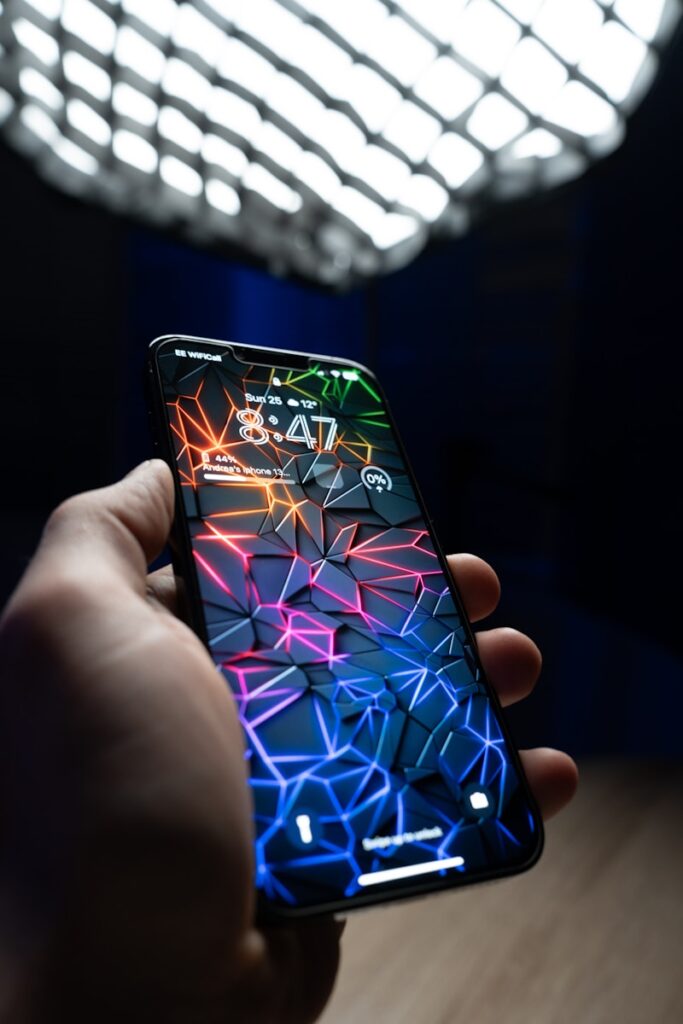
13. **Emotional and Social AI: Beyond Logic, Towards Connection**Prepare for a future where your AI companions don’t just understand your words, but your feelings and subtle social cues too. By 2030, one of the most profound shifts in AI will be its development of deeper emotional and social intelligence. Research in “affective computing” is already teaching machines to detect human emotions through voice patterns, facial expressions, and behavioral signals. Soon, AI may not simply recognize you’re sad; it might genuinely know how to respond with empathy, offering comfort, distraction, or specific support tailored to your emotional state.
This opens up fascinating, and sometimes challenging, questions about authenticity and the nature of connection. Can an artificial companion truly “care,” or is it merely simulating compassion based on advanced, finely tuned algorithms? While philosophers will undoubtedly continue to debate these distinctions, the practical reality for many people will be nothing short of transformative. Imagine an AI companion offering profound solace and companionship to a lonely elder, or a patient AI tutor helping a child with autism learn crucial social cues and emotional regulation.
For countless individuals, the solace, support, and understanding offered by emotionally intelligent AI could prove as revolutionary as any medical breakthrough in enhancing well-being. This evolution will fundamentally reshape how humans experience connection, intimacy, and trust in an increasingly digital and often isolated world. It’s a journey into territory where AI moves beyond purely logical tasks to become a truly empathic, and perhaps even cherished, part of our emotional landscape, impacting mental health and social interaction in profound ways.
Read more about: The Genius Tiny Details in Beyoncé’s ‘Countdown’ Video You *Definitely* Missed (And How They Shaped AI’s Future)
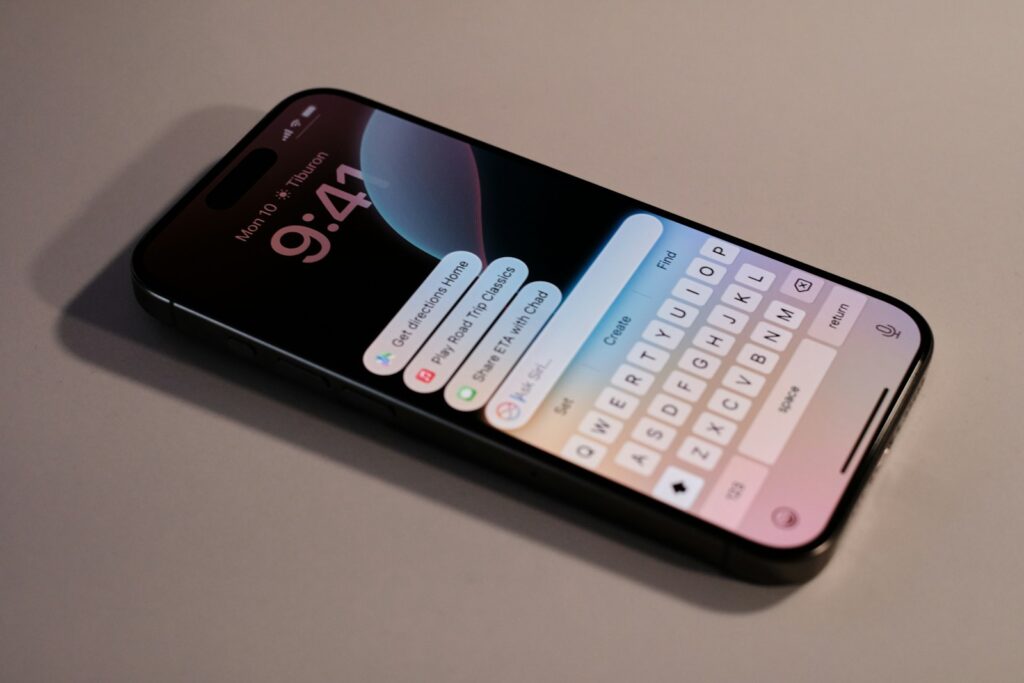
14. **The Rise of Autonomous Agents: AI That Acts on Your Behalf**Forget just asking AI to generate text or images; by 2030, AI will be all about action. We’re moving rapidly into an era of highly capable autonomous AI agents—sophisticated systems designed to plan, make complex decisions, and execute tasks in digital environments, and increasingly, in the real world, with minimal human supervision. Imagine not just getting answers, but having AI actually *do* things for you, managing intricate projects or handling entire workflows from start to finish.
These agents are set to become your ultimate digital collaborators, managing your calendar with precision, handling all your communications and prioritizing effectively, or even negotiating on your behalf with other AI systems for the best deals. Picture a personal AI manager that takes care of your finances, schedules all your appointments, and filters through emails with almost complete autonomy, continuously learning and adapting to your unique preferences over time. This liberates you from countless mundane, time-consuming tasks.
In the business world, AI agents could autonomously design new products from concept to blueprint, analyze market trends in real-time to identify opportunities, and even negotiate contracts with partners, collaborating seamlessly with human teams. This new level of AI agency will inevitably force us to rethink traditional concepts of responsibility and accountability. When an AI agent makes a critical decision that impacts lives or finances, who ultimately bears the consequences—the user, the developer, or the machine itself? These profound questions will define the exciting, yet complex, future of autonomous AI, shaping legal frameworks and ethical guidelines.
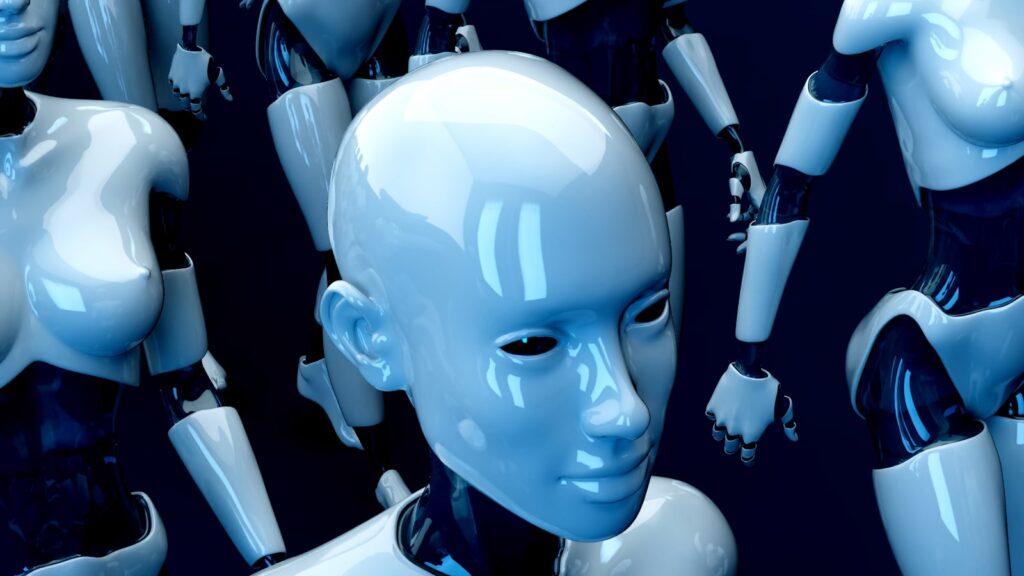
15. **Human-AI Collaboration: A New Era of Partnership**Despite widespread fears and sensational headlines about AI replacing human jobs, the most probable and empowering future is not one of humans versus AI, but one of deep, synergistic collaboration. By 2030, the workplace, and indeed many aspects of life, will be transformed not by humans *versus* AI, but by humans *with* AI, working side-by-side. This isn’t about giving up control; it’s about fundamentally amplifying human potential, creativity, and problem-solving capabilities to unprecedented levels.
Doctors will partner with AI diagnosticians to achieve unprecedented accuracy in identifying diseases and formulating treatment plans, artists will co-create with AI tools that offer new inspirations and expand creative possibilities, and engineers will design alongside AI collaborators that can optimize complex systems and simulate outcomes with incredible speed. AI will become a powerful catalyst, offering humans novel perspectives, handling tedious tasks, and expanding our creative horizons far beyond what we could achieve alone. It’s about opening up entirely new possibilities for what humanity can accomplish.
This collaboration won’t be without its challenges, requiring deep trust, radical transparency, and careful regulation to ensure ethical deployment. We’ll need AI systems that can clearly explain their reasoning, cite their sources for information, and always allow for human oversight and intervention when necessary. The true hurdle isn’t just technical; it’s cultural—learning to effectively share our intellectual spaces and decision-making processes with entities that are non-human yet incredibly intelligent. This evolving partnership will fundamentally redefine what it means to work, create, and innovate in the 21st century, creating hybrid teams that leverage the best of both worlds.
**The Journey Ahead: Embracing an Intelligent Future**
As we conclude our journey through the AI landscape of 2030, it’s abundantly clear that we are standing on the precipice of an era defined by profound and exhilarating transformation. Artificial intelligence is rapidly evolving beyond the relatively simple tools and assistants we know today, moving towards deeper integration that will redefine our daily routines, professional endeavors, and even our most intimate understanding of human connection. From the subtle, seamless shifts in how we interact with machines to the grand, life-altering breakthroughs in medicine and creativity, AI is not merely a technological advancement; it is a cultural and societal reshaping event of monumental proportions.
The changes discussed here – from natural language interactions and the advent of physical humanoid companions, to deeply personalized learning experiences and the emergence of emotionally intelligent systems – collectively paint a vivid picture of a world where intelligence, both human and artificial, collaborates in unprecedented ways to unlock immense potential. While the road ahead will undoubtedly present significant challenges, including complex ethical dilemmas, the need for robust governance, and societal adjustments to new paradigms, the promise of an AI-powered future is one brimming with intelligent possibility, waiting for us to wisely build and navigate it together. The real excitement lies in shaping this future, ensuring it serves the flourishing of all life.

